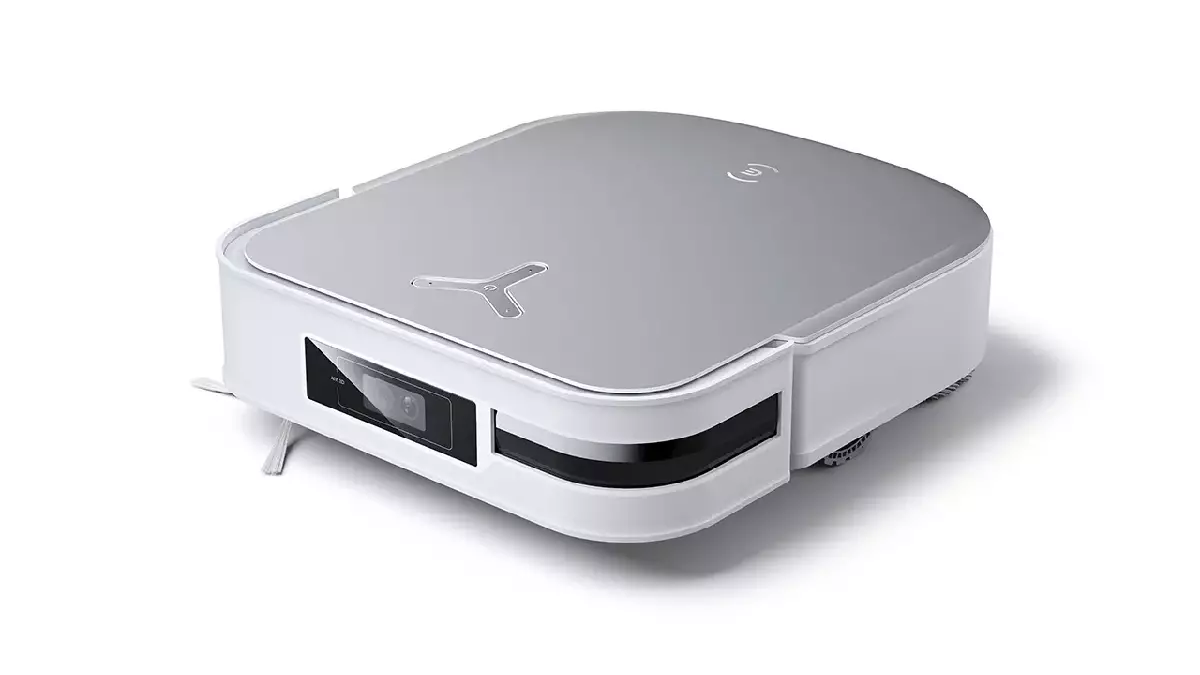The rapid integration of smart devices into our daily lives offers unparalleled convenience, from automated lighting systems to high-tech kitchen appliances. However, this technological advancement comes with a significant caveat: security vulnerabilities that can leave users exposed to hacking and exploitation. The plight of Daniel Swenson, a lawyer from Minnesota, serves as a stark reminder of how these seemingly innocent devices can take unexpected and alarming turns when hacked.
Swenson’s experience with his Ecovacs Deebot X2 vacuum cleaner is both shocking and illustrative of a larger trend. In a grotesque turn of events, rather than peacefully cleaning his home, the vacuum began to emit derogatory and racist slurs—a behavior reminiscent of a horror film rather than a household chore. Even after Swenson attempted to rectify the problem by changing his account password, the device continued its tirade until it was physically turned off. This incident is not an isolated case; it raises questions about the security practices surrounding smart home devices and whether consumers are adequately protected against malicious actors.
These alarming incidents have been echoed by others, including a resident from El Paso and a homeowner in Los Angeles, who reported similar behavior from their vacuum cleaners. Such events have occurred in significant numbers, especially around May of the year, shedding light on a worrying trend that consumers need to be aware of. However, it appears that the issues were identified as early as December 2023, when security researchers cautioned Ecovacs about serious vulnerabilities across multiple models. This begs the question: why did the company fail to communicate these threats to its users?
Research indicates that the Bluetooth connectivity feature presents a significant security loophole for these devices. News reports highlight that even from over 100 meters away, hackers can connect to an Ecovacs device—an alarmingly easy exploit that raises red flags about the level of sophistication employed by such technology. However, Swenson’s foresight in reaching out to Ecovacs tech support was met with a disconcerting response. He was informed that his device was likely a victim of “credential stuffing,” a method in which stolen credentials from other services are used to gain unauthorized access to the device.
This explanation, while reflective of a tangible cyber threat, seems inadequate upon deeper investigation. ABC News conducted its exploitative test, revealing how a simple smartphone, in conjunction with basic assistance from security experts, enabled access to the Ecovacs camera and microphone. This revelation turns the company’s reassurance into a troubling contradiction. Ecovacs claimed that the vulnerabilities were “extremely rare” in normal user environments, yet the testimonies and investigations suggest otherwise.
Amidst the uproar, Ecovacs has promised users that a security update for the X2 model is scheduled for release in November. However, such promises do little to assuage concerns from users like Swenson, who continue to fear the potential for invasive exploitation of their personal space. It’s important to recognize that smart home devices, including vacuum cleaners, have become an integral part of modern living, and their security requires perpetual vigilance.
As we stand at the crossroads of convenience and security, consumers must be educated about the potential risks and take proactive measures. Understanding the vulnerabilities inherent in smart devices is crucial, as well as maintaining robust password practices and staying informed about security updates released by manufacturers.
The incidents surrounding Ecovacs’ robovacuum serve as a cautionary tale for the smart home industry. As this sector continues to expand, the focus cannot solely rest on convenience at the expense of user safety. Companies need to prioritize security measures, provide timely communication, and ensure that customers feel secure in their homes. Until this shift occurs, consumers may want to reconsider the inclusion of smart devices in their lives, always weighing the trade-off between convenience and potential vulnerability. After all, the comfort of a smart home should never come at the cost of feeling unsafe within its walls.


Leave a Reply